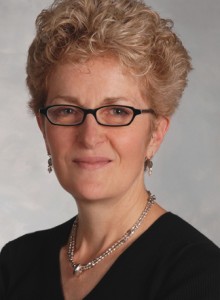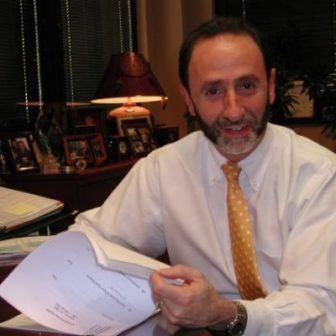
 “If someone had just asked, things might have been different,” said Mateo, a closeted, gay, gang-involved teenager in juvenile detention for committing a hate crime against a gay person. Mateo (pseudonym used to protect confidentiality) had committed a robbery at gunpoint outside a gay bar while shouting homophobic slurs at his victim.
“If someone had just asked, things might have been different,” said Mateo, a closeted, gay, gang-involved teenager in juvenile detention for committing a hate crime against a gay person. Mateo (pseudonym used to protect confidentiality) had committed a robbery at gunpoint outside a gay bar while shouting homophobic slurs at his victim.
The offense was the culmination of a pattern of escalating substance abuse and anger. Mateo had been self-medicating and acting out since coming out to his parents at age 11, an experience that left him feeling rejected and alone. He internalized his parents’ disapproval and carefully guarded this secret.
Mateo’s despair and isolation only deepened after his arrest. He described a detention facility in which staff generally assumed that youth were straight and in which homophobia, biphobia and transphobia were rampant. Because of the nature of his offense and his gender-conforming presentation, the detention staff felt freer to use anti-LGBTQ slurs and jokes in his presence.
Staff did not intervene when youth openly bullied and harassed anyone whom they perceived to be gay. In fact, the staff blamed victimized youth for “flaunting” their identity. Mateo retreated further into the closet, perceiving no safe option in which he could embrace his sexual orientation.
For more information about LGBTQI, go to JJIE Resource Hub | HUB HIGHLIGHTS
The probation agency had formal guidance for staff on how to promote the safety and well-being of LGBTQ youth, but staff members’ implicit bias about LGBTQ youth made them unable to recognize Mateo’s struggles. The primary source of his turmoil remained invisible to the adults entrusted with his care, and they missed a critical opportunity to help him.
And Mateo is not alone. LGBTQ youth are vastly overrepresented in the juvenile justice system. Although LGBTQ youth comprise 7 to 9 percent of youth generally nationwide, they represent 20 percent of all youth in juvenile justice facilities — including 40 percent of girls in detention facilities.
Lack of staff training focused on LGBTQ youth contributes to their increased harm in detention: They can suffer sexual and physical assault, longer lengths of stay and additional charges for self-defense, as well as increased trauma and psychological harm. To improve outcomes for LGBTQ youth, juvenile justice stakeholders and their partners must have targeted training on sexual orientation and gender identity based on accurate social science research, policies and procedures that create a fair and affirming system for all youth, and the legal and professional standards governing services to system-involved LGBTQ youth.
Fortunately, there are several written resources designed to increase the field’s understanding of these issues. The Equity Project’s “Toward Equity” training curriculum provides practitioners with lessons in critical areas such as dismantling bias, building trust with LGBTQ youth and ensuring safety in residential facilities. The Annie E. Casey Foundation’s “Lesbian, Gay, Bisexual and Transgender Youth in the Juvenile Justice System” also highlights best practices that juvenile justice facility staff can implement to best support LGBTQ youth.
In terms of training opportunities, this year the National Center for Lesbian Rights, the Center for Juvenile Justice Reform and Impact Justice are partnering to offer a new program for system staff and providers who serve LGBTQ youth. On Oct. 17 through 20, we will join other national experts in Washington, D.C., to launch the “Supporting the Well-Being of System-Involved LGBTQ Youth” Certificate Program to help juvenile justice, child welfare and other system partners improves outcomes for at-risk LGBTQ youth. (Applications are available here and must be submitted before midnight on July 7.)
As part of this intensive four-day curriculum, participants will receive information on cutting-edge ideas and practices being used across the country, guidance on developing an action plan to lead efforts for systems reform in their jurisdiction, connections to a network of other professionals working to improve conditions for LGBTQ youth and ongoing technical assistance following the training. The program is designed to increase understanding of relevant terminology and research around sexual orientation, gender identity and expression, and explore strategies for supporting the development of LGBTQ youth in our systems — whether it is elevating the youth voice, engaging families and communities, or working across agencies to deliver a more holistic and aligned set of services.
By strengthening our service delivery teams, we can create environments for young people in which they feel comfortable and open about who they are and in which they can receive the support and services they need to thrive. And if we can do that, we just might be able to alter the life trajectories of system-involved youth like Mateo for the better.
Shannan Wilber is youth policy director of the National Center for Lesbian Rights.
Shay Bilchik is research professor at the McCourt School of Public Policy at Georgetown University and director of the Center for Juvenile Justice Reform.